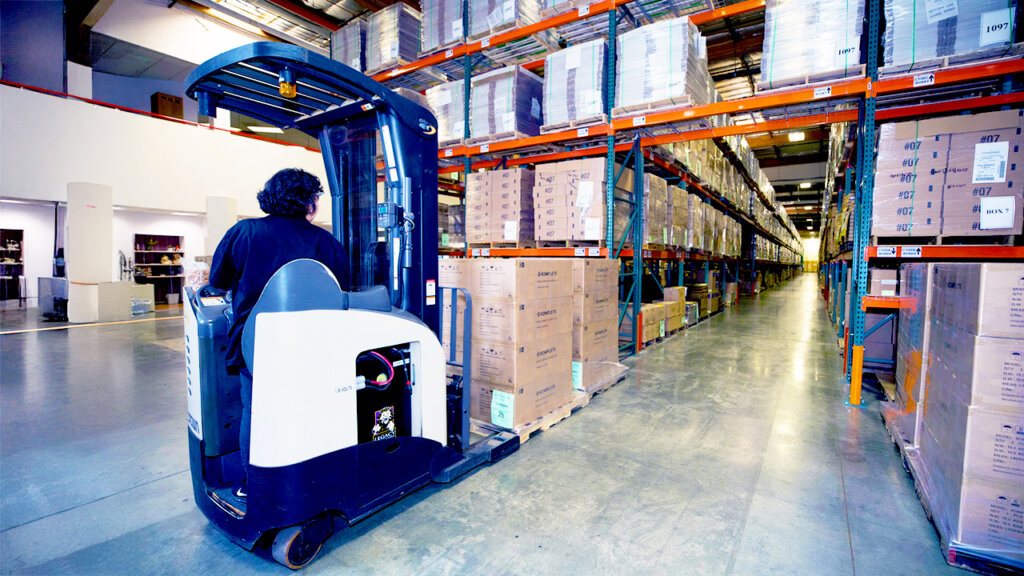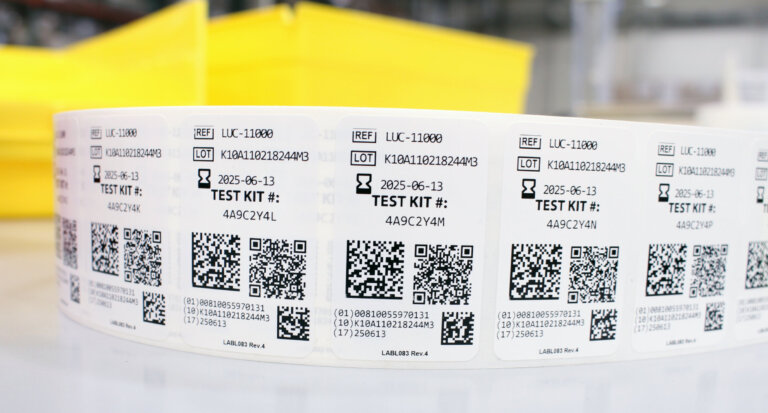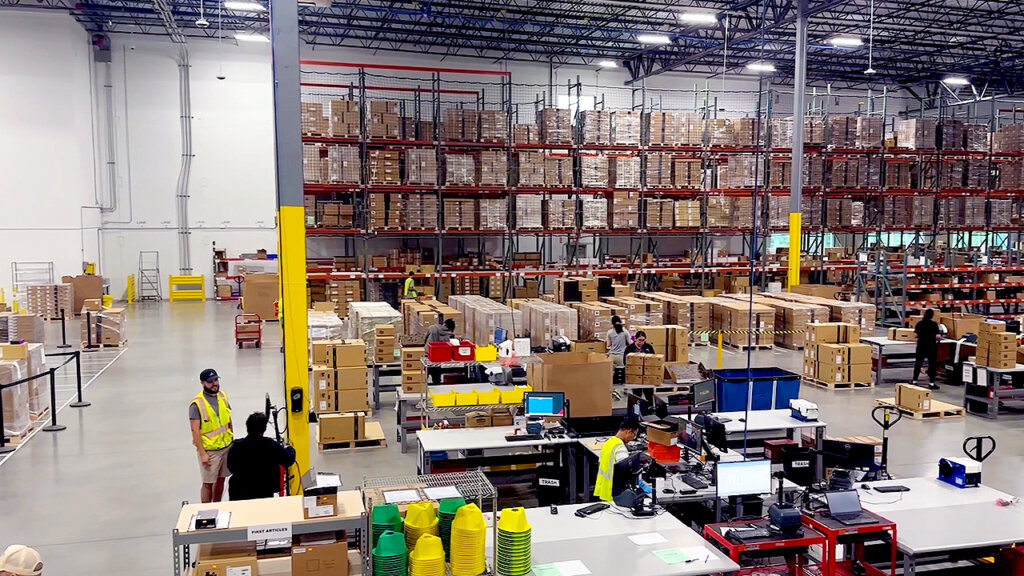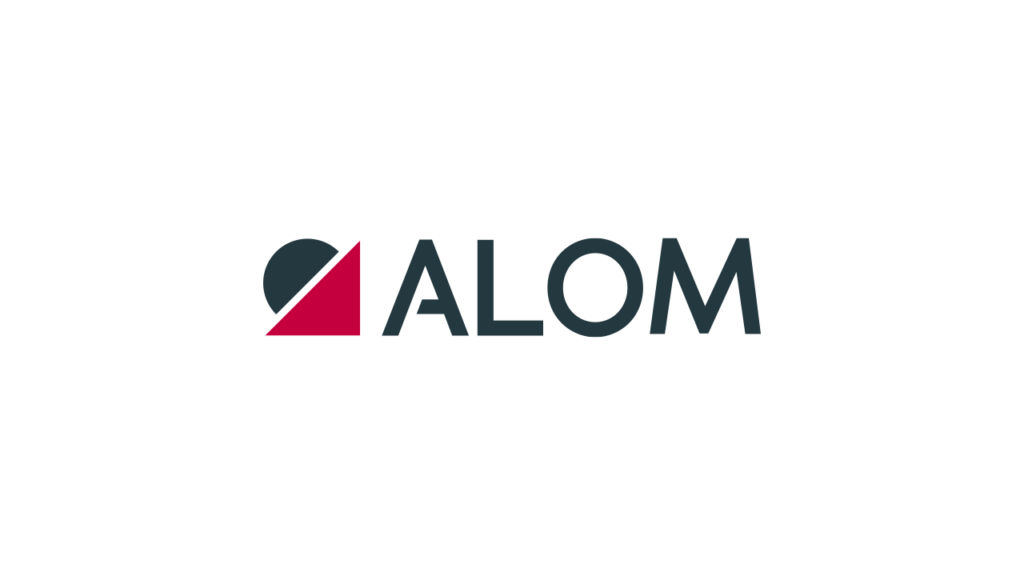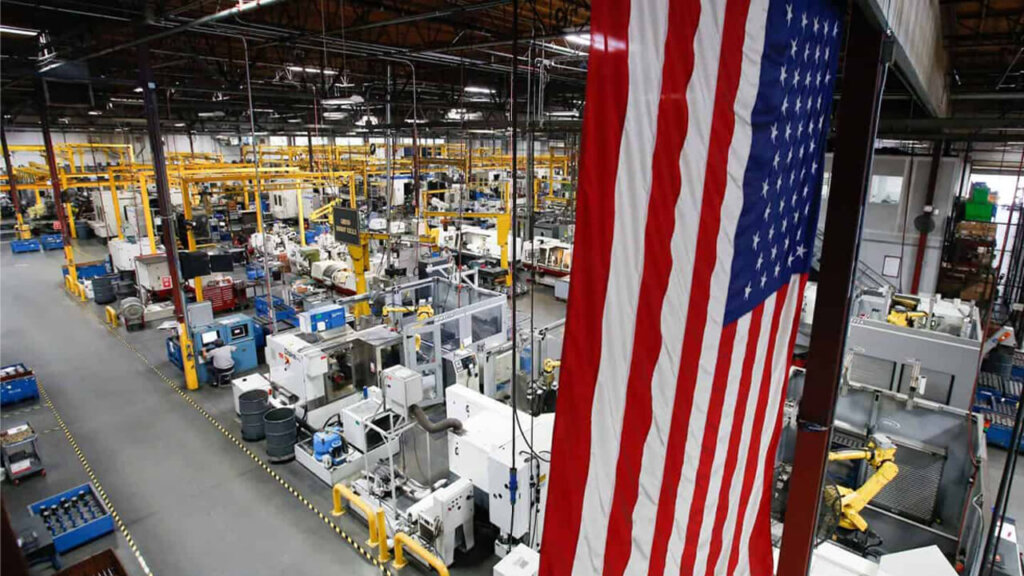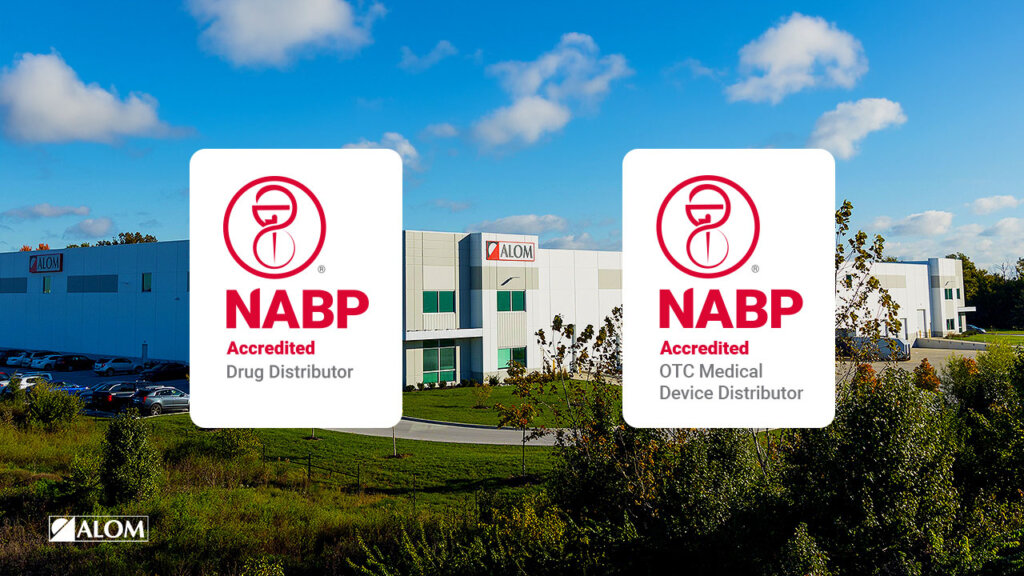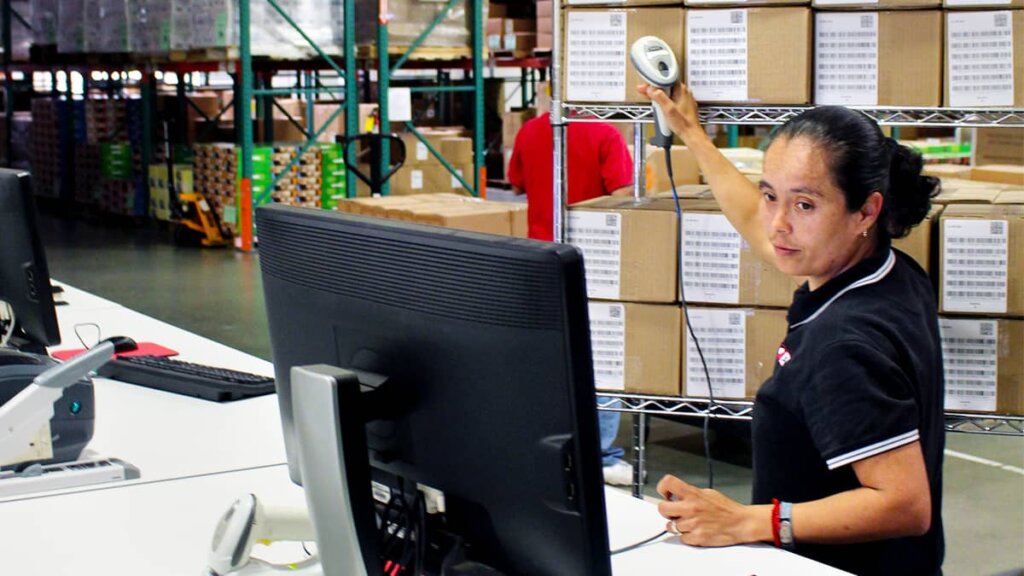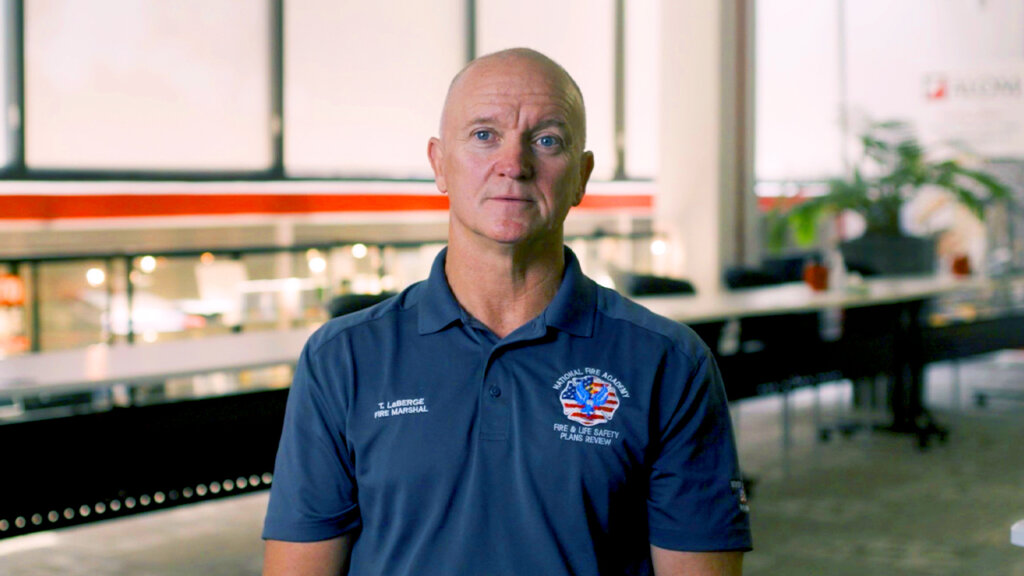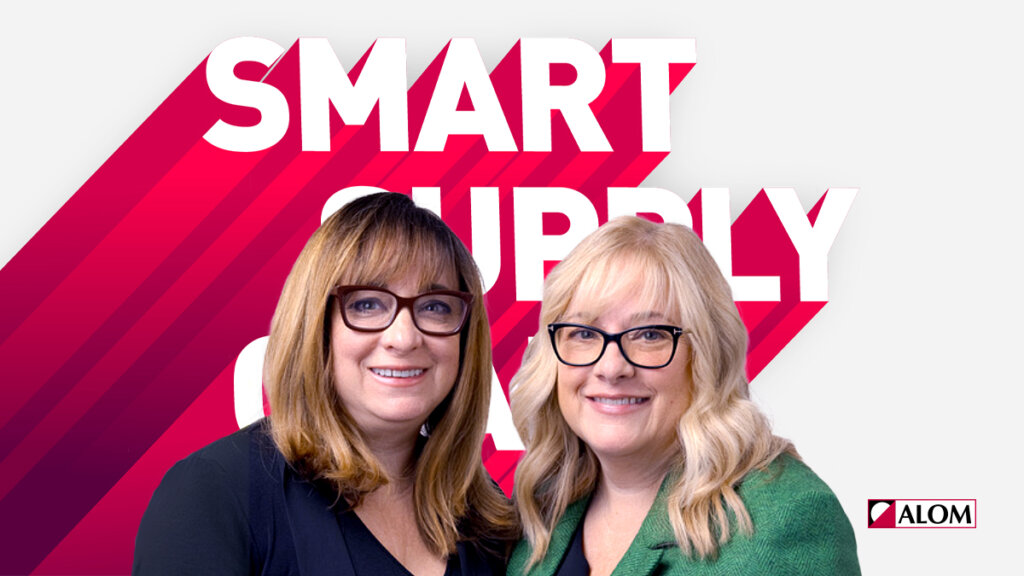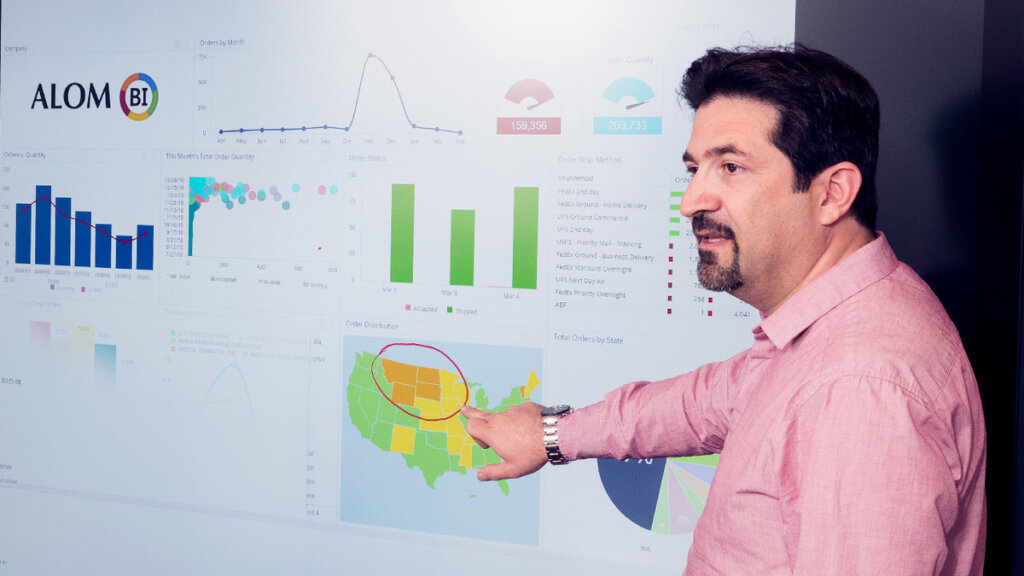With 2025 supply chain planning in full swing and ongoing concerns like extreme weather events and geopolitical instability, inventory management might be top of mind. At ALOM, we’ve seen firsthand how vendor-managed inventory (VMI) operations can help in keeping product in stock and streamline order operations. With changing conditions across the globe such as possible new tariffs or logistics disruptions and more, now’s the time to look at your VMI strategy. VMI can bring competitive advantage to your supply chain operations – but only if you work with a partner that performs. We’ve put together some considerations to think about as you evaluate strategies.
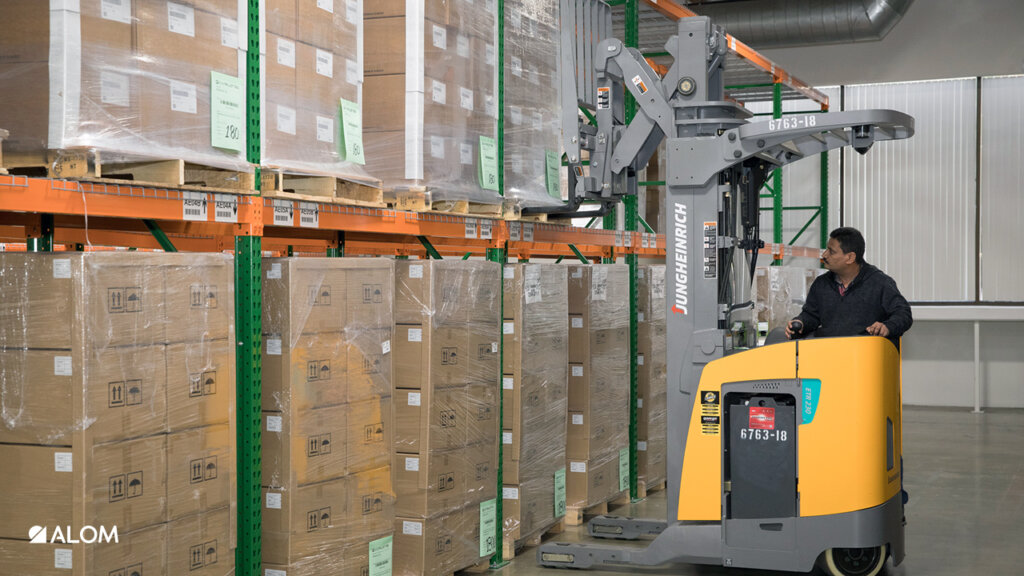
1. Strong supplier relationships.
One of the most important considerations, the strength of your VMI partner’s supplier relationships, can have a massive impact on your costs with negotiations, your risk, and operational efficiency. Look for a provider with a track record of strong supplier relationships they can point to – ask for contacts and do reference checks! For example, at ALOM, we worked with a lighting supplier to optimize their distribution for a customer. Originally shipping from southern California, they opened a warehouse near the market and our northern California facility to increase efficiency and reliability. Instead of shipping to Long Beach and trucking items 400 miles to us in Fremont, they shipped to the nearby Oakland port, eliminating the long drive. The local warehouse reduced shipping costs while improving inventory management and eliminating stockouts. This supplier also opened a warehouse near our fulfillment location to allow same-day delivery. A VMI partner with strong supplier relationships can negotiate better terms, secure priority during shortages, and drive innovations that benefit your supply chain.

2. Forecasting and inventory management.
An optimized inventory means a better customer experience and lower operating costs for storage. Your chosen vendor should have a robust system for maintaining stock levels, placing orders, and ensuring product availability. This goes beyond basic restocking to demand forecasting and proactive inventory monitoring. This will reduce your own inventory and lead times in general as you’re not storing excessive levels of stock. For example, how closely are they managing expiration dates for products to prevent waste and control obsolescence. When vetting potential partners, ask for concrete results or case studies. How have they improved inventory turnover for similar businesses? What forecasting methods do they use? The right VMI solution should reduce excess inventory costs while helping to minimize stockout risk (as much as is possible), creating a win-win for your bottom line and the customer experience. They’ll balance availability and agility without overstocking.

3. Customization capabilities.
No two supply chains are identical, so avoid one-size-fits-all VMI solutions. VMI operators need to tailor their approach to your unique needs. This might include implementing a customized lot control or serialization system for precise traceability. During your selection process, present your specific challenges and requirements. The right VMI partner will demonstrate how their solution can adapt to address these needs, rather than forcing you into existing processes. But most importantly, they will align with your goals to ensure that the inventory strategy is aligned with your strategic goals. If you have a lifesaving product that can never be in stock-out, it must be handled differently from other product types. Similarly, if you are investing to strengthen your presence in a growth market, you want to ramp inventory levels up to meet demand in that market segment or geography.
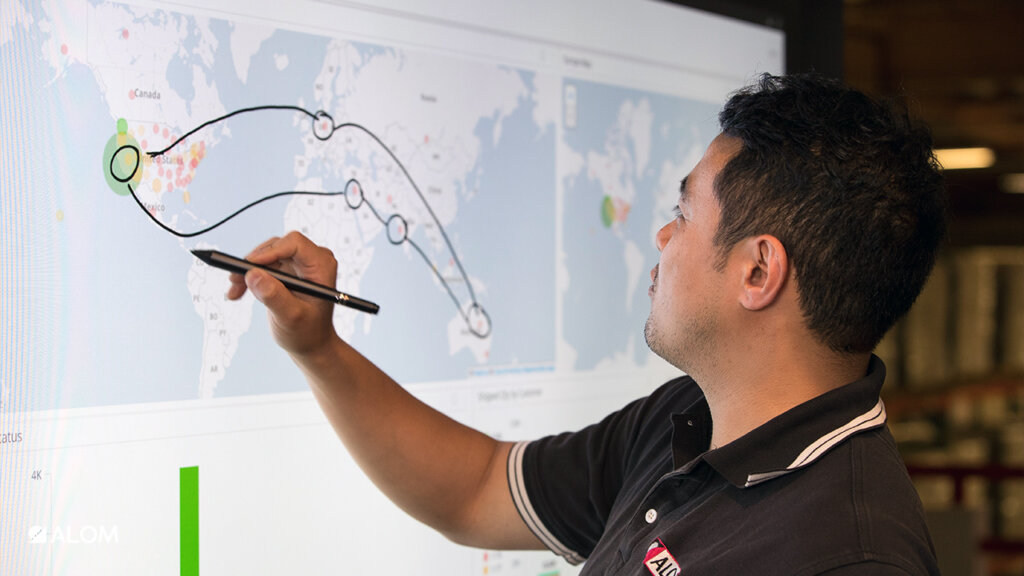
4. Compliance expertise.
For businesses in regulated industries, compliance can be a critical factor. Look for a provider with expertise in quality management and relevant regulatory requirements and certifications, like FDA regulations for medical devices or data privacy protection. They should be able to clearly explain how their processes ensure compliance, from documentation to audits. This expertise not only reduces your risk but can also streamline your operations based on best practices from their experience, helping reduce reputational risk and keep relevant paperwork and records on file.

5. Flexibility.
A properly managed VMI solution should be able to rapidly adapt to changing business requirements. VMI partners can help with things like finding alternative sourcing methods to help lower costs and ensure restocking as quickly as possible when conditions change (e.g., new tariffs are placed). This includes near-sourcing products or using offshore suppliers to store products closer to their facilities. You’ll have the agility to respond better to sudden demand spikes or potential disruptions without missing a beat. They should also be able to scale operations quickly as your business grows, without requiring significant changes to your processes. Ask potential partners about their contingency planning and how they’ve handled unexpected challenges for other clients. Beyond physical inventory, modern VMI should integrate financial supply chain management. This includes coordinating inbound logistics, navigating tariffs and customs requirements, optimizing freight costs, managing currency exchanges, and streamlining supplier payments. A sophisticated VMI partner acts as your strategic ally in minimizing financial complexity while maximizing cost efficiency across your entire supply chain ecosystem.

6. Sustainability.
At ALOM, we’re constantly thinking about sustainability. Choose a VMI partner to help optimize your inventory ecosystem with sustainability in mind. This includes strategic inventory placement to reduce transportation distances and associated emissions. For instance, the supplier relationship mentioned earlier not only improved efficiency but also significantly reduced the carbon footprint of those operations. Your chosen VMI partner should be committed to continuous improvement and do things like suggesting replacing traditional packaging with eco-friendly alternatives to reduce environmental footprint AND lower cost. These initiatives not only benefit the environment but often lead to cost savings and improved brand perception.
VMI done right isn’t just about managing stock levels. It’s about elevating your entire supply chain strategy. It frees you up to focus on innovation and growth while ensuring your inventory is expertly handled by a supplier that has your back. So, as you’re planning for 2025, consider whether implementing a VMI model might be what you need to get to the next level in your supply chain.
Feel free to reach out to us with any questions you might have on this or any other supply chain management topic.
- Posted in: Vendor Managed Inventory (VMI)
